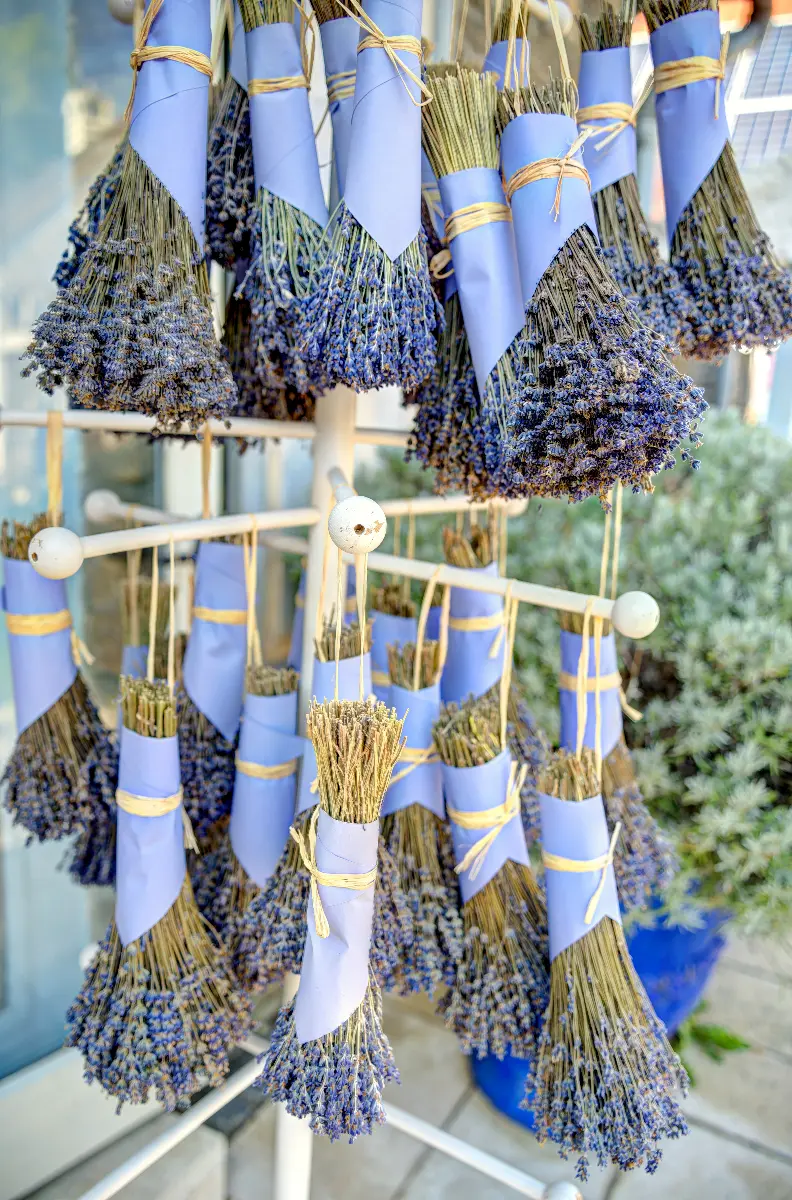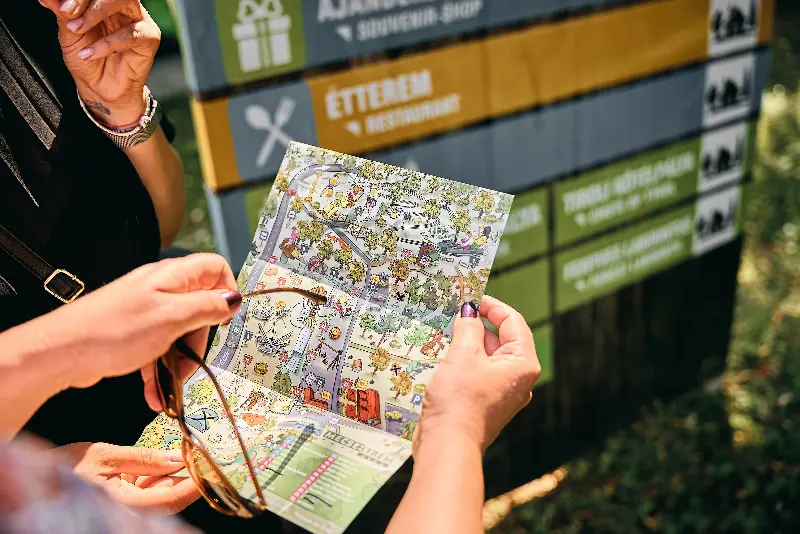
Helyszín címkék:
Lavender lovers: why is it popular, where to get it from, what to do with it?
Kovács Kata
The multi-faceted lavender has been a popular flower since ancient times, which has been applied in medicine, cosmetics and gastronomy for many centuries. The use of lavender has been documented for 2500 years. The ancient Romans used it for cooking, bathing and to scent the air, while in the Middle Ages washerwomen used lavender flower when cleaning clothes, and next they dried the cleaned textiles on lavender bushes. The great healer of the era, Hildegard of Bingen also cured her patients using medicines made of lavender; alcoholic, aqueous and honey tinctures. Due to its wound healing and relaxing effect, mediterranean lavender, this precious and aromatic herb, has always been part of common knowledge.
Variations on a theme

The purple flowering plant’s homeland is the Mediterranean Basin, where the long, sunny summers, the chalky soil, and the south-facing slopes really favour it. In southern European countries, lavender is also widely present as wild-growing plant, it is commonly found at the height of 1000 metres above sea level. Those who want to grow nice and strong lavender rich in fragrance should provide a similar environment to the plant’s place of origin. The first lavender varieties appeared in the 1600s, however the great wave of breeding was yet to come in the 1930s. From this date large-scale producer countries like France, Italy and Bulgaria offered several variants, from dark purple and white flowering to pink lavender. Besides the colours of flowers, different varieties are distinguished by properties like the quantity and quality of essential oil, vigour, and the time of flowering. Today France is considered one of the most important lavender producing countries, where endless-looking plantations consist of several varieties, thus ensuring the highest quality essential oil.
World-famous Hungarian lavender

Hungary’s first lavender plantation was planted by Gyula Bittera, herbalist and chemical engineer, in 1920 on Tihany Peninsula. Before, this herb was only known from monastery gardens like Majk or Pannonhalma. The propagating material for the first area planted for industrial purposes was French lavender. The idea and the location were both excellent, since the essential oil content of the herb harvested on the peninsula was higher than that of the French variety. Spurred on by success, they started to grow lavender on 100 hectares, thus not only did Provence traditions take root on the northern shore of Lake Balaton, but Tihany lavender became world famous too. In 1936, Ernest Guenther, one of the most significant essential oil dealer of the times, also visited this place. His work entitled The Essential Oils is an important handbook for professionals to this day. However, in the ‘60s the plantation started to fade. A great part of the area was ploughed, and on the 20 hectares left, lavender completely turned to nettles. As regime change approached, there were attempts to revive the tradition of lavender production, including restoration of the old plantation.
Experience gastronomy from the monastery herb

In the 2000s, a real lavender fever broke out in Hungary. Lavender plantations sprang up like mushrooms in various parts of the country. What’s more, famous wineries, apicultures, artisanal manufacturers and chefs started to involve lavender’s sweet and spicy aroma in their work. The purple flowers crossed the narrow limits of “herbes de Provence”, and appeared on the menus of restaurants, thus launching a new wave in catering. The bold combinations led to such exciting foods and beverages as jams, grilled meat, desserts, and iced coffee seasoned with lavender, or a summer favourite of many, the lavender rosé cocktail. The presence of the Mediterranean herb in gastronomy has become increasingly important in recent years. Lavender can’t miss in the kitchen for those who love summer and fragrant flowers. It enriches dishes with new flavours and experiences. It just tastes like summer. The sweetness of the nectar and the sour-bitter taste of petals create a magical harmony in foods and beverages. At festivals and “pick it yourself” events organised by Hungarian producers, we can get a taste of southern French sense of life.










